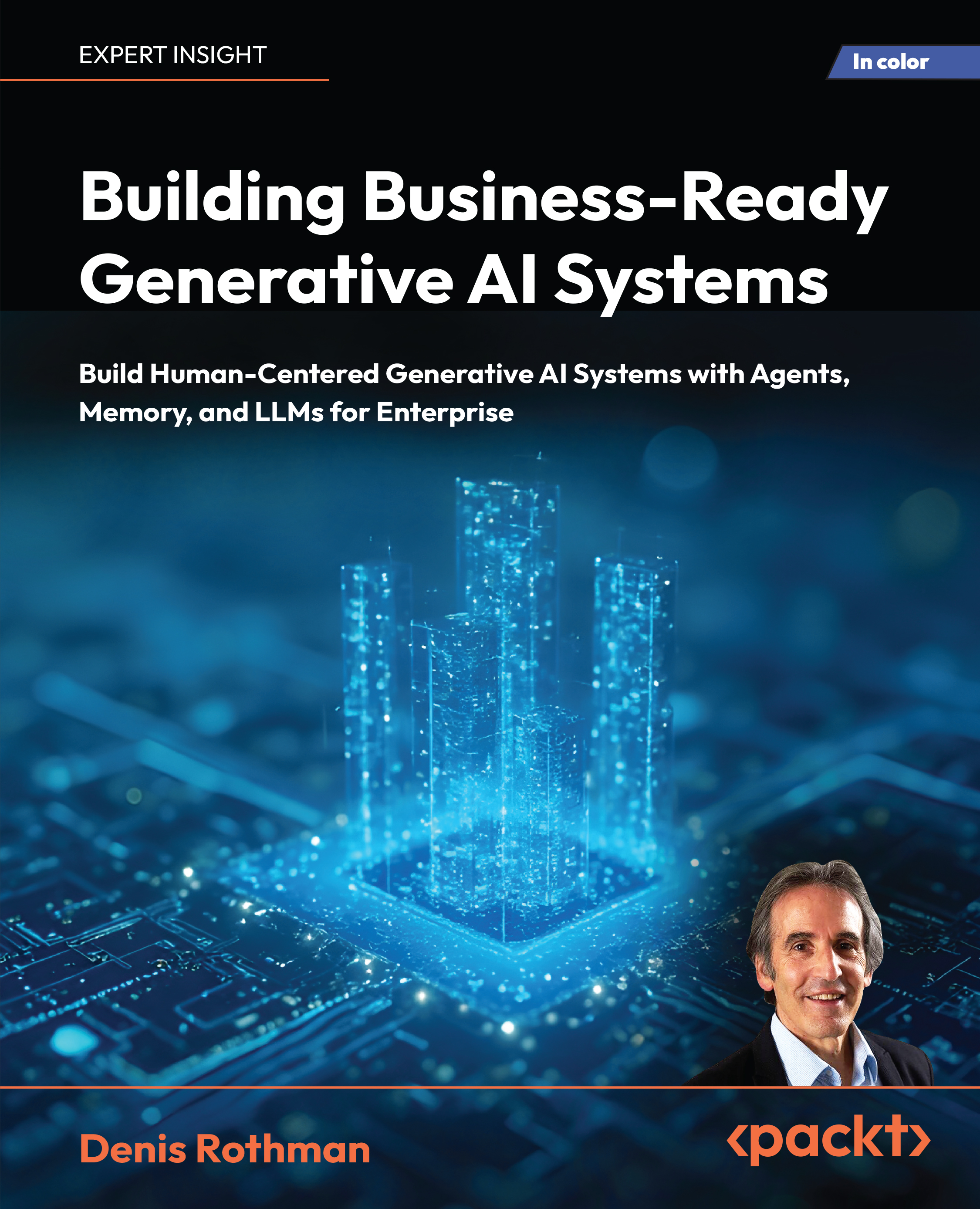At day one of the ongoing Amazon re:Invent 2019, there was a flurry of announcements made for AWS. Most importantly, AWS announced the preview launch of Braket, its own quantum computing service following the likes of IBM, Microsoft, and Google. Amazon also released Amazon SageMaker Operators for Kubernetes to help data scientists using Kubernetes to train, tune, and deploy machine learning models in Amazon SageMaker.
re:Invent is Amazon’s flagship conference hosted by Amazon Web Services for the global cloud computing community. This year re: Invent is taking place in Las Vegas, December 2-6, 2019.
re:Invent 2019 Day One announcements
Braket: AWS’ new quantum service in preview now
Amazon Braket (named after the common notation for quantum states) is a fully managed service that helps you get started with quantum computing. Braket consists of a full development environment that helps data scientists to:
- design quantum algorithms from scratch or choose from a set of pre-built algorithms,
- test these algorithms on simulated quantum computers (including gate based and quantum annealing superconductors, and ion trap hardware)
- run them on your choice of different quantum hardware technologies ( including D-Wave, IonQ, and Rigetti)
Once your tests are complete, you will be automatically notified and your results will be stored in Amazon S3. Amazon Braket publishes event logs and performance metrics such as completion status and execution time to Amazon CloudWatch.
To make it easier to develop hybrid algorithms that combine classical and quantum tasks, Amazon Braket helps manage classical compute resources and establish low-latency connections to the quantum hardware.
At re:Invent 2019, AWS also launched the Amazon Quantum Solutions Lab, a collaborative research program that connects you with quantum computing experts from Amazon and its technology and consulting partners. They can help you identify potential uses of quantum computing, build internal expertise, and collaborate on programs to design and test quantum algorithms.
Braket is available in preview now.
Amazon SageMaker Operators for Kubernetes
Now developers and data scientists can use Kubernetes to train, tune, and deploy machine learning models in Amazon SageMaker, with the new Amazon SageMaker Operators for Kubernetes. Customers can install these Amazon SageMaker Operators on their Kubernetes cluster to create Amazon SageMaker jobs natively using the Kubernetes API and command-line Kubernetes tools such as ‘kubectl’.
Operators can be used to train machine learning models, optimize hyperparameters for a given model, run batch transform jobs over existing models, and set up inference endpoints. With these operators, users can manage their jobs in Amazon SageMaker from their Kubernetes cluster in Amazon Elastic Kubernetes Service EKS.
Amazon SageMaker Operators for Kubernetes are available in select AWS regions.
AWS DeepComposer, a creative way to learn Machine Learning
Amazon has launched AWS DeepComposer, the world’s first machine learning-enabled musical keyboard at re:Invent 2019. AWS DeepComposer is an educational tool to teach people Machine Learning. AWS DeepComposer gives developers of all skill levels a creative way to experience machine learning – music.
https://youtu.be/XH2EbK9dQlg
You can input a melody by connecting the AWS DeepComposer keyboard to your computer, or play the virtual keyboard in the AWS DeepComposer console. You can generate an original music composition using the pre-trained genre models in the console. You can then publish your tracks to SoundCloud.
It is designed specifically to educate developers by means of tutorials, sample code, and training data. These can be used to get started with building generative AI models, all without having to write a single line of code. With AWS DeepComposer, you can train and optimize GAN models to create original music. GAN models pit two different neural networks against each other to produce new and original digital works based on sample inputs.
AWS DeepComposer is available in preview now.
Amazon Transcribe now extended to healthcare patients
Amazon’s automatic speech recognition service Amazon Transcribe is now available for medical speech as announced in re:Invent 2019. Amazon Transcribe Medical allows physicians to easily and quickly dictate their clinical notes and see their speech converted to accurate text in real-time, without any human intervention. Clinicians can use natural speech and do not have to explicitly call out punctuation like “comma” or “full stop”. This text can then be automatically fed to downstream applications such as EHR systems, or to AWS language services such as Amazon Comprehend Medical for entity extraction.
To make it work, you need to capture audio using your device’s microphone and send PCM (Pulse-code modulation) audio to a streaming API based on the popular Websocket protocol. This API will respond with a series of JSON blobs with the transcribed text, as well as word-level time stamps, punctuation, etc. Optionally, you can save this data to an Amazon Simple Storage Service (S3) bucket.
Amazon Transcribe Medical is available in US East (N. Virginia) and US West (Oregon) regions.
Unlock access to the largest independent learning library in Tech for FREE!
Get unlimited access to 7500+ expert-authored eBooks and video courses covering every tech area you can think of.
Renews at $19.99/month. Cancel anytime
Updates to Microsoft Windows Server
AWS has released a bring-your-own-license (BYOL) experience for customers as an easier way to bring, and manage, their existing licenses for Microsoft Windows Server and SQL Server to AWS. The new BYOL experience enables customers who want to use their existing Windows Server or SQL Server licenses to seamlessly create virtual machines in EC2, while AWS takes care of managing their licenses to help ensure compliance to licensing rules specified by the customer.
Amazon is also providing End-of-Support Migration Program (EMP) for Windows Server. On January 14, 2020, support for Windows Server 2008 and 2008 R2 will end. Having an application that can run only on an unsupported version of Windows Server is problematic as you will no longer get free security patch updates, leaving you vulnerable to security and compliance risks. This new program combines technology with expert guidance, to migrate your legacy applications running on outdated versions of Windows Server to newer, supported versions on AWS.
Other updates announced at Amazon re:Invent 2019
- Amazon EventBridge Schema Registry is now in preview. The schema registry stores the structure (schema) of Amazon EventBridge events and maps them to Java, Python, and Typescript bindings so that you can use the events as typed objects.
- The existing AWS IoT SiteWise preview adds new features such as creating a virtual representation of your facility, monitor production performance metrics and use AWS IoT SiteWise Monitor to visualize the data in real-time.
- AWS IoT SiteWise Monitor is a new SaaS application that lets you monitor and interact with the data collected and organized by AWS IoT SiteWise.
- The upcoming AWS DeepRacer Evo car will include a stereo camera and a Light Detection and Ranging (LIDAR) sensor. The DeepRacer League in 2020 will have 8 additional races in 5 countries.
- The preview of EC2 Image Builder, a service that makes it easier and faster to build and maintain secure OS images for Windows Server and Amazon Linux 2, using automated build pipelines.
Amazon re:Invent will continue throughout this week (the last day is the 6th of December). You can access the Livestream here. Keep checking this space for news on other updates and launches.
Amazon EKS Windows Container Support is now generally available
Amazon’s hardware event 2019 highlights: a high-end Echo Studio, the new Echo Show 8, and more
10 key announcements from Microsoft Ignite 2019 you should know about
 United States
United States
 Great Britain
Great Britain
 India
India
 Germany
Germany
 France
France
 Canada
Canada
 Russia
Russia
 Spain
Spain
 Brazil
Brazil
 Australia
Australia
 Singapore
Singapore
 Canary Islands
Canary Islands
 Hungary
Hungary
 Ukraine
Ukraine
 Luxembourg
Luxembourg
 Estonia
Estonia
 Lithuania
Lithuania
 South Korea
South Korea
 Turkey
Turkey
 Switzerland
Switzerland
 Colombia
Colombia
 Taiwan
Taiwan
 Chile
Chile
 Norway
Norway
 Ecuador
Ecuador
 Indonesia
Indonesia
 New Zealand
New Zealand
 Cyprus
Cyprus
 Denmark
Denmark
 Finland
Finland
 Poland
Poland
 Malta
Malta
 Czechia
Czechia
 Austria
Austria
 Sweden
Sweden
 Italy
Italy
 Egypt
Egypt
 Belgium
Belgium
 Portugal
Portugal
 Slovenia
Slovenia
 Ireland
Ireland
 Romania
Romania
 Greece
Greece
 Argentina
Argentina
 Netherlands
Netherlands
 Bulgaria
Bulgaria
 Latvia
Latvia
 South Africa
South Africa
 Malaysia
Malaysia
 Japan
Japan
 Slovakia
Slovakia
 Philippines
Philippines
 Mexico
Mexico
 Thailand
Thailand














